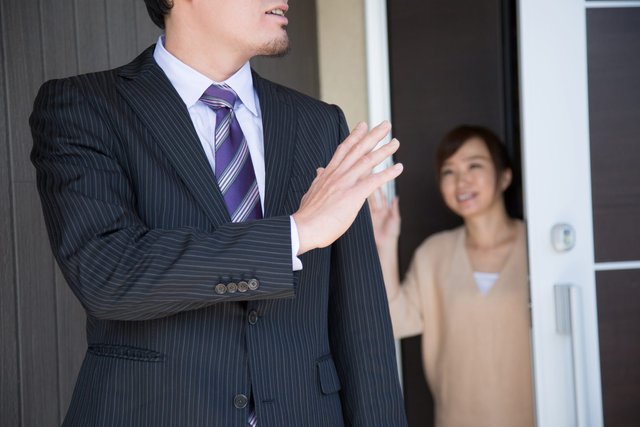Japan has one of the largest workforce gender gaps in the developed world. This is despite what women workers can offer. More women aged 25-34 in Japan are college educated than men (roughly 67% compared to 56%), yet women in higher positions are rare, and they often are not on career tracks. What are the reasons behind this?
Traditional attitudes are no doubt a part of it. Japanese society is still remarkably conservative in some ways, with men expected to support the family and women expected to take care of the home. These biases play out in careers and job searching in numerous ways. In extreme cases, such as the Tokyo Medical University scandal that saw exam scores rigged against female applicants, the barriers are clear, frustrating and even unethical.

(Image: Shutterstock)
Yet we can also see other effects of this thinking. Women are sometimes blocked from longer-term career paths due to the assumption that they will quit the job after getting married and having children. Even in organizations that may want to genuinely promote women talents, systemic structures can be obstacles.
Large corporations often provide two job paths for their employees. A sogoshoku path provides more focus on upward mobility, with higher expectations for longer working hours and company devotion. An ippanshoku path, however, usually focuses on support or clerical work.
The longer hours of the former are not compatible with raising children. Women’s desires of course depend on the individual, and many honestly value their family life more than climbing the ladder. But this system may force women to choose solely between one or the other.

(Image: Shutterstock)
This is on top of other issues such as difficulty finding childcare during the day, and certain tax or financial benefits that discourage full-time employment. People earning less than 1.3 million yen are covered by pension and health insurance without needing contributions. Those earning less than 1.03 million don’t have to pay any income tax at all.
Traditional gender roles are one of the main reasons behind the relative lack of women talents. However, the issue is multi-faceted and there are many things a short article can’t cover.
As a foreigner in Japan whose work is relatively independent, there are things I haven’t seen as directly as those working in say, larger companies. Even then, attitudes are clear when I talk to certain Japanese people. I’ve seen surprise at the idea of female engineers, for example. Others, even women themselves, have outright made comments suggesting a woman’s place is in the home.

(Image: Shutterstock)
Taking care of your family is just as valid of a choice as pursuing a career. But few people can make those choices for themselves if the system is not set up to support it. Attitudes affect action, and it’s unlikely that someone who strongly believes in traditional gender roles will also foster an environment where women workers can grow. As with climate change or people’s attitudes towards the homeless, changing people’s ideas is an important step.
[Reference] OECD|Japan Policy Brief: Inequality
[Reference] Gender Segregation at Work in Japanese Companies: Focusing on Gender Disparities in Desire for Promotion
(This article was originally published on Zenbird Media.)
Additional Resources
Zenbird Media Homepage
More action on the sustainable development goals
More on gender gap in Japan